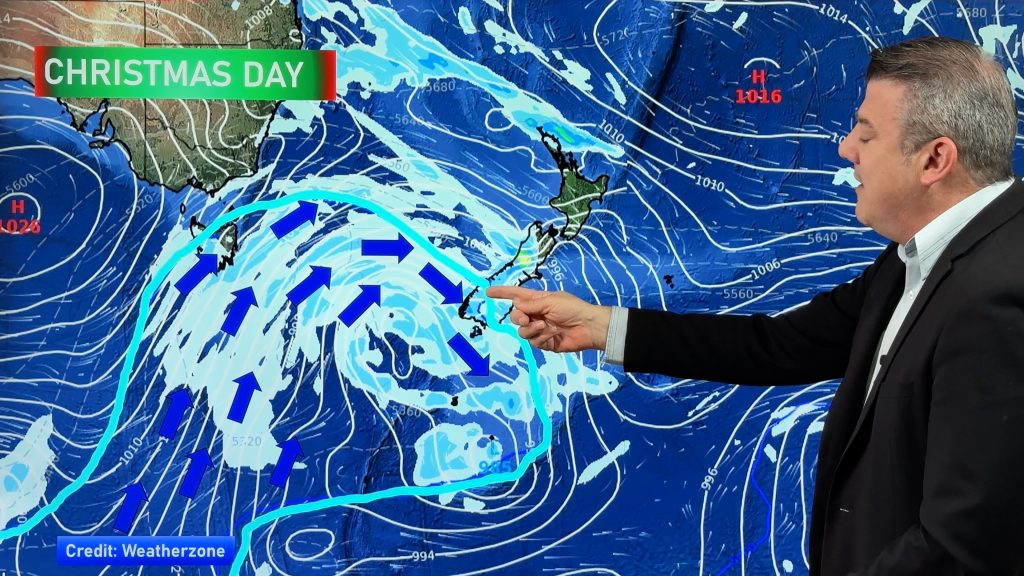
> From the WeatherWatch archives
Two people have died in the flooding in southern Alberta, Canada, the Royal Canadian Mounted Police said Friday. The bodies were recovered in the city of High River.
Rivers fed by torrential mountain rains spilled across the prairies of southern Alberta, Canada, Friday, turning Calgary streets into rivers and threatening to wash away a similarly monstrous flood in 2005 as the western Canadian province’s most costly natural disaster.
Calgary Mayor Naheed Nenshi said the Bow and Elbow rivers were carrying as much three times as much water through Calgary as they did during that flood, which obliterated roads, chased residents from their homes and drowned livestock on the way to causing more than $400 million in damages.
“The Bow River looks like an ocean at the moment,” he said.
Even as Calgary was dealing with the brunt of the flooding, residents downstream of the city — backed by engineers rushed into place by the Canadian military — braced for the coming floods.
Communities including Red Deer, Medicine Hat and Lethbridge have already declared emergencies ahead of the expected flooding, said Alberta Premier Alison Redford.
Canadian Prime Minister Stephen Harper toured affected areas by helicopter Friday afternoon along with Nenshi and Redford.
“Difficult day seeing so much devastation in southern Alberta, but encouraged by resilient spirit of so many Albertans,” Redford tweeted. She said Harper pledged federal support.
In Calgary, the 17,000-seat Saddledome — home to the NHL Calgary Flames — was flooded, along with parts of Calgary Zoo and the Calgary Stampede grounds, where the famous annual Calgary Stampede rodeo is scheduled to take place in less than two weeks.
At the zoo, on the bank of the Bow River, staff moved the pot-bellied pigs and zebras to a safe location off-site. The zoo said the other animals were moved to higher ground.
Residents in Calgary seemed alternately shocked by the flooding and willing to take it in stride.
“I don’t think anybody’s ever seen water flow through the streets,” Calgary resident Rylan Broadbent told CNN Friday after evacuating his apartment building in the Erlton neighborhood, next to the overflowing Elbow River.
Others were more melancholy about the scope of the flooding, which forced more than 75,000 residents out of their homes and left the heart of the city largely deserted.
“We’re not out of the woods yet,” Neala Barton, the spokeswoman for the Alberta government, told CNN.
Clean water continued to flow to homes, but the city ordered power to be shut off in evacuated areas, according to ENMAX, the energy utility. It said power would be restored as those areas are deemed safe.
Some shelters in the city were filled to capacity, Calgary officials said Friday. Schools were closed.
Officials said most of the city’s many bridges were holding against the water, but at least one was under water and another had washed out.
Still the city’s director of roads reassured residents the bridges are safe.
“The piers, the abutments on either side of the bridges, are right down to bedrock. What that means is what they are standing on is absolutely tied to the ground,” Ryan Jestin said in a video posted on the city’s website, standing in the rain overlooking the flooded Bow River downtown.
Meanwhile, Calgary police said they were patrolling evacuated areas to ensure that vacant homes and businesses would remain as safe as possible.
Emergency officials praised the calm, orderly evacuations overnight of 25 Calgary neighborhoods, but pleaded with gawkers to stay away from flooded areas and asked residents to stay off the telephone so emergency workers could be sure to get a connection.
Authorities declared a state of emergency in several cities, including the mountain town of Canmore, where on Thursday, raging water tore out a portion of the Trans-Canada Highway.
“Like everything, everything, is destroyed there — our homes, like everything,” Alberta resident Melanie Atkinson, who lost her home in the flooding, told Canadian broadcaster CBC.
Rescue crews used heavy construction equipment to rescue people from homes and businesses Thursday in High River, the network reported.
Canada’s military was pitching in with helicopters and other assets to help local officials with rescue and evacuation efforts, Prime Minister Stephen Harper said.
“Our thoughts and prayers are with those families who have been affected by the serious flooding in Calgary and Southern Alberta,” Harper said, adding that the federal government would provide “any and all possible assistance.”
No deaths or injuries have been reported.
The flooding was caused by a slow-moving storm that dumped 154 millimeters (more than 6 inches) of rain on the region from Wednesday to Thursday, CNN meteorologist Sherri Pugh said. As much as another inch of rain, about 25 millimeters, is possible northwest of Calgary on Friday, and yet another front is expected Monday, bringing the threat of more rain.
Calgary, near the Canadian Rocky Mountains, is perhaps best known for its rodeo, held each July. More than 1.4 million people attended last year, organizers say.
This year’s Stampede events are due to begin in 13 days. It was unclear if the flooding would affect the event, but organizers did say on their website that other events scheduled at the park where the Stampede is held have been canceled through Sunday.
Calgary authorities are using the park as a staging area for flood response efforts.
– CNN
Comments
Before you add a new comment, take note this story was published on 22 Jun 2013.





Add new comment